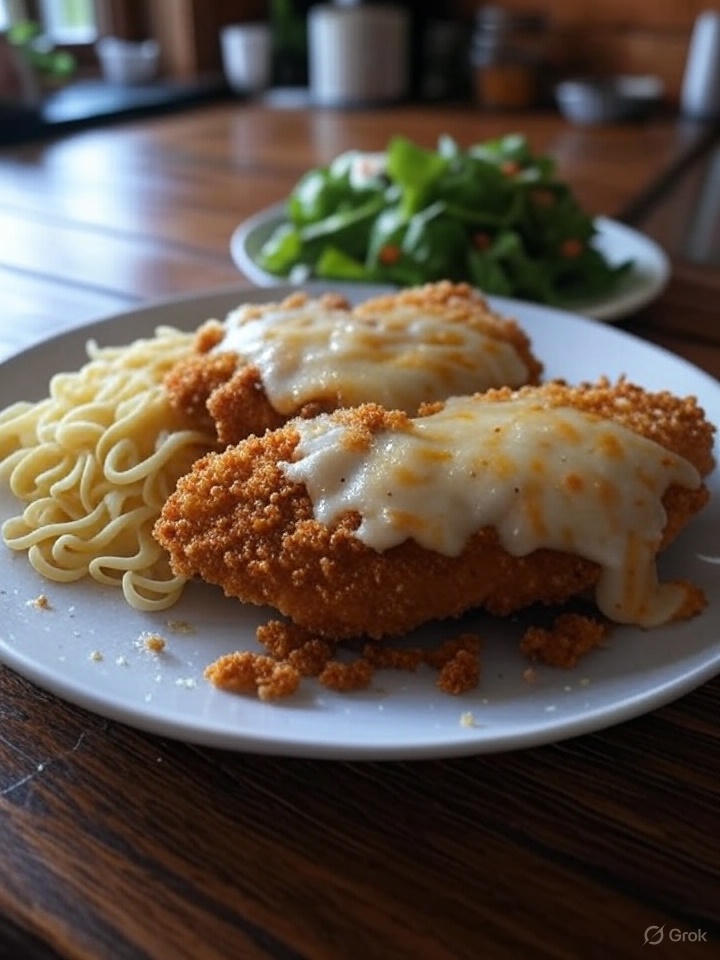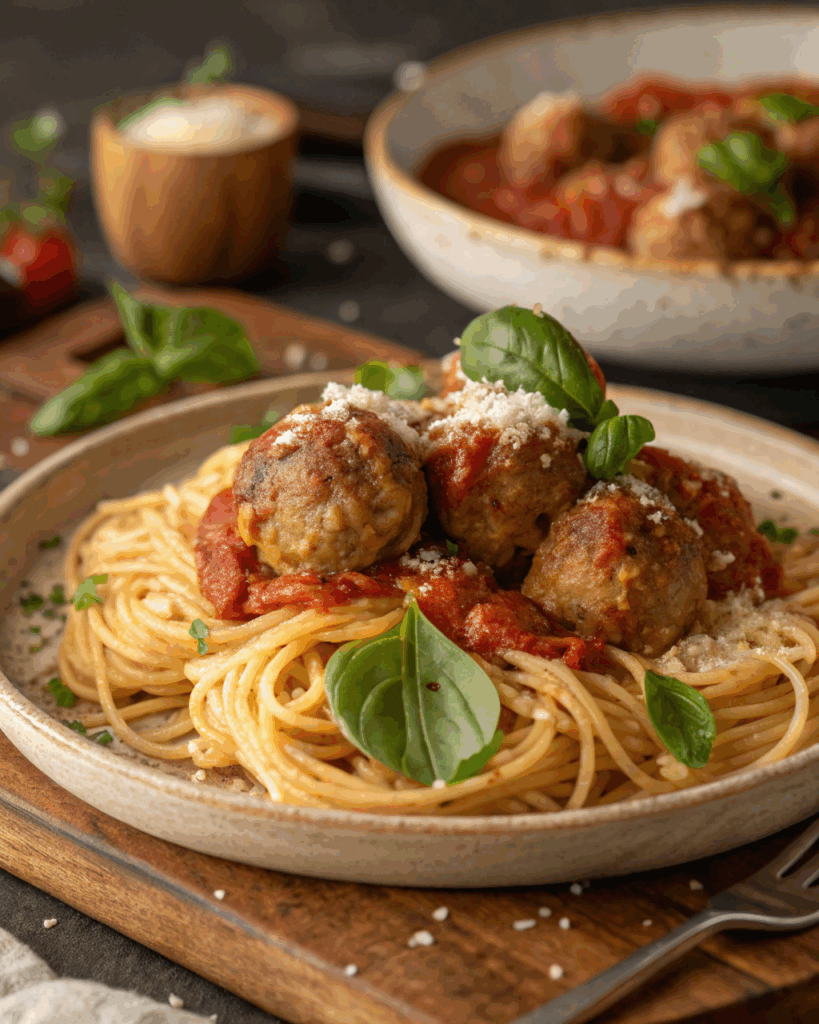The Story Behind This Beloved Recipe
There’s something truly magical about the aroma of banana bread baking in the oven. It’s a scent that instantly transforms any house into a home, evoking memories of childhood kitchens and grandmother’s wisdom. This particular recipe has been my go-to for over fifteen years, refined through countless batches and perfected through both triumphant successes and valuable mistakes.
The history of banana bread is fascinating and surprisingly recent. While bananas have been cultivated for thousands of years, banana bread as we know it didn’t emerge until the 1930s during the Great Depression. Resourceful home bakers, unwilling to waste overripe bananas, began experimenting with incorporating them into quick bread recipes. The rise of baking powder and baking soda as common household ingredients made this possible, and soon banana bread became a staple of American home baking.
What makes this recipe special isn’t just its reliability – it’s the careful balance of ingredients and techniques that create that perfect, tender crumb we all crave. After years of experimentation, I’ve discovered that the secret lies not just in using very ripe bananas, but in understanding how each ingredient contributes to the final texture and flavor.
The Science of Perfect Banana Bread
Understanding the science behind banana bread will elevate your baking from good to extraordinary. Bananas are unique among fruits because they continue to ripen after harvesting, developing sugars and breaking down starches. Those brown spots on your bananas aren’t signs of spoilage – they’re indicators of peak sweetness and the perfect texture for baking.
The enzymes in overripe bananas break down complex starches into simple sugars, which is why very ripe bananas taste so much sweeter than their green counterparts. Additionally, the cell walls begin to break down, creating that soft, almost liquid texture that incorporates beautifully into batter without creating lumps.
The key to moist banana bread lies in fat content and mixing technique. This recipe uses melted butter rather than creamed butter, which creates a denser, more moist texture. The addition of sour cream (my secret ingredient) adds tang and extra moisture while the acid content helps tenderize the gluten in the flour.
Ingredient Deep Dive: Why Each Component Matters
Bananas (3-4 very ripe): Look for bananas with brown spots covering at least 80% of the skin. They should feel soft to the touch and smell incredibly sweet. If your bananas aren’t quite ripe enough, you can speed the process by placing them in a paper bag with an apple overnight, or roast them in a 300°F oven for 15 minutes.
All-Purpose Flour: I specifically use unbleached all-purpose flour for its protein content (around 10-12%), which provides just enough structure without making the bread tough. Avoid over-mixing once you add the flour – this is crucial for tenderness.
Brown Sugar: The molasses content in brown sugar adds depth of flavor and extra moisture. I use a combination of light brown sugar for sweetness and a touch of dark brown sugar for complexity.
Butter: Melted butter creates a more tender crumb than creamed butter. Make sure it’s completely cooled before adding to prevent cooking the eggs.
Eggs: Room temperature eggs incorporate more easily into the batter. If you forget to take them out ahead of time, place them in warm water for 10 minutes.
Sour Cream: This is my secret weapon for ultra-moist banana bread. The acidity helps break down gluten proteins while adding richness and subtle tang that balances the sweetness.
Professional Tips for Success
- The Toothpick Test Isn’t Always Accurate: Due to the moisture content in banana bread, a few moist crumbs on the toothpick are actually perfect. Completely clean means slightly overbaked.
- Don’t Skip the Rest: Let your batter rest for 10 minutes before baking. This allows the flour to fully hydrate and creates a more uniform texture.
- Oven Temperature Matters: Banana bread is best baked at a moderate temperature (350°F). Higher temperatures can cause the outside to brown too quickly while leaving the center undercooked.
- The Aluminum Foil Trick: If the top is browning too quickly, tent with aluminum foil for the last 15-20 minutes of baking.
Classic Banana Bread Recipe
Ingredients:
Wet Ingredients:
- 3-4 very ripe bananas (about 1½ cups mashed)
- ⅓ cup melted unsalted butter, cooled
- ¾ cup light brown sugar, packed
- 1 large egg, room temperature
- 1 teaspoon pure vanilla extract
- ¼ cup sour cream
- 3 tablespoons whole milk
Dry Ingredients:
- 1½ cups unbleached all-purpose flour
- 1 teaspoon baking soda
- ½ teaspoon salt
- ½ teaspoon ground cinnamon
- ¼ teaspoon ground nutmeg
Optional Add-ins:
- ½ cup chopped walnuts or pecans
- ⅓ cup mini chocolate chips
- 1 tablespoon turbinado sugar for sprinkling
Instructions:
- Prepare Your Workspace: Preheat your oven to 350°F (175°C). Generously grease a 9×5-inch loaf pan with butter and dust with flour, tapping out excess. Alternatively, line with parchment paper leaving overhang for easy removal.
- Prepare the Bananas: In a large mixing bowl, mash the bananas with a fork until mostly smooth (a few small lumps are fine and add texture). You should have about 1½ cups of mashed banana.
- Combine Wet Ingredients: Add the melted and cooled butter to the mashed bananas and stir until combined. Mix in the brown sugar, egg, vanilla extract, sour cream, and milk. Whisk until smooth and well incorporated.
- Prepare Dry Ingredients: In a separate bowl, whisk together flour, baking soda, salt, cinnamon, and nutmeg until evenly combined.
- Combine Wet and Dry: Add the dry ingredients to the banana mixture. Using a wooden spoon or rubber spatula, fold gently until just combined. Do not overmix – the batter should look slightly lumpy. If using nuts or chocolate chips, fold them in now.
- Rest and Final Prep: Let the batter rest for 10 minutes. Meanwhile, place your prepared loaf pan on a baking sheet (this makes it easier to handle and catches any overflow).
- Bake: Pour batter into prepared pan and smooth the top gently. Sprinkle with turbinado sugar if using. Bake for 55-65 minutes, or until a toothpick inserted in the center comes out with just a few moist crumbs attached.
- Cool Properly: Cool in the pan for 15 minutes, then turn out onto a wire rack to cool completely before slicing. This step is crucial – cutting too early will result in a gummy texture.
Storage and Serving Suggestions:
Properly stored banana bread stays moist for up to 4 days at room temperature when wrapped tightly in plastic wrap. For longer storage, wrap in plastic and freeze for up to 3 months.
Serve slices toasted with butter, cream cheese, or even a drizzle of honey. For an indulgent breakfast, try it French toast-style or topped with Greek yogurt and fresh berries.
Troubleshooting Common Issues
Dense or Heavy Texture: Usually caused by overmixing the batter or using bananas that weren’t ripe enough. Remember, gentle folding is key.
Dry Bread: Often results from overbaking or not enough fat. Make sure your bananas are very ripe and don’t skip the sour cream.
Sunken Center: This happens when the batter is overmixed or the oven temperature is too high. The outside sets before the inside is done, causing collapse.
Gummy Bottom: Usually caused by underbaking or cutting too soon. Make sure the toothpick test shows just moist crumbs, not wet batter.
Variations to Try
Once you’ve mastered the classic version, experiment with these variations:
- Chocolate Chip Banana Bread: Add ⅓ cup mini chocolate chips
- Walnut Banana Bread: Fold in ½ cup toasted, chopped walnuts
- Cream Cheese Swirl: Dollop sweetened cream cheese throughout the batter and swirl with a knife
- Blueberry Banana: Add ½ cup fresh blueberries tossed in flour
- Coconut Banana: Add ¼ cup shredded coconut and substitute coconut oil for butter
This recipe represents more than just instructions – it’s a testament to the beauty of home baking and the joy of transforming simple ingredients into something extraordinary. Each loaf tells a story, carries memories, and creates new ones with every slice shared.



